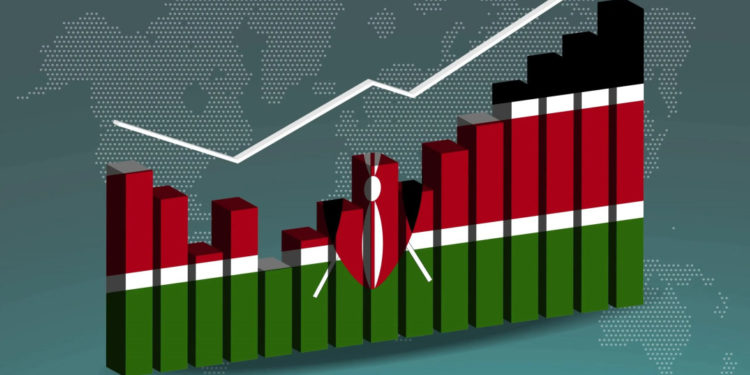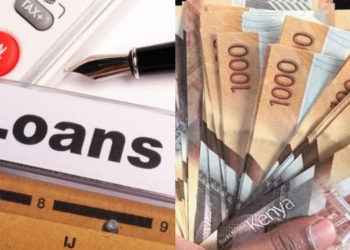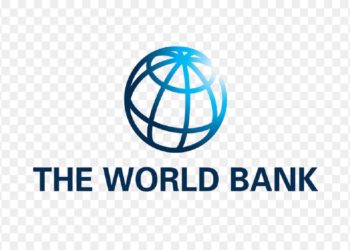Kenya’s economic landscape in 2025 is shaped by a mixed—but cautiously optimistic—outlook. According to the Mastercard Economics Institute, Kenya’s GDP is projected to grow by 4.7% this year, outpacing the global average. Consumer spending is expected to rise by 4%, while inflation may stabilize around 4.8%, providing some needed relief to both households and businesses.A key strength driving this resilience is Kenya’s remittance ecosystem. Diaspora inflows remain robust, bolstering household incomes and fueling consumption. At the same time, female labor force participation is notably high, aiding economic inclusivity and stability. This dynamic, combined with digital innovation, is helping the economy absorb external shocks and maintain momentum.
That said, not all forecasts are rosy. The World Bank has revised Kenya’s 2025 growth projection downwards to 4.5%, citing concerns including high public debt (estimated at 65.5% of GDP), elevated interest rates, and a contraction in private sector credit. High borrowing costs are crowding out private investment, especially for smaller firms, according to the Bank’s economic update. On another front, Kenya is embarking on fiscal tightening. For the fiscal year 2025/26, the government plans to cap its budget deficit at 4.5% of GDP, down from 5.1% previously. The move aims to rein in debt vulnerabilities and improve fiscal discipline, amid broader efforts to rationalize spending and close tax loopholes.
At a macro level, Kenya’s 2025 Economic Survey provides more positive signals. Released recently, it notes that in 2024, Kenya’s GDP grew by 4.7%, driven especially by agriculture, finance, transport, and real estate. Inflation also declined sharply — dropping from 7.7% in 2023 to 4.5% last year — a trend the survey attributes to improved macroeconomic management and a stronger shilling. Furthermore, Kenya’s nominal GDP rose significantly: from KSh 15.03 trillion in 2023 to KSh 16.22 trillion in 2024. country’s diversified economy — spanning agriculture, services, and industry — remains a strong buffer against external shocks.In short, Kenya’s economic trajectory in 2025 is a balancing act. Growth is supported by strong remittances, digital transformation, and macro stability, but headwinds like debt and tight credit conditions pose real risks. How the government manages its fiscal consolidation and supports private investment will be crucial to sustaining momentum in the years ahead.

















